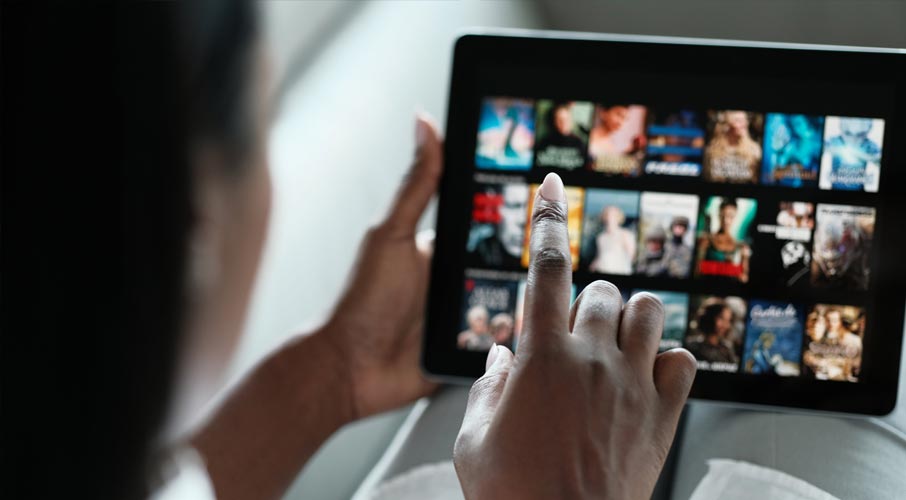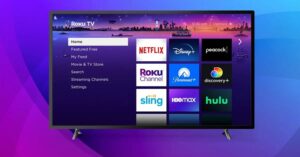Which Type Of Internet Should You Choose For Perfect TV Streaming Services

In the ever-evolving landscape of home entertainment, streaming services have become a staple for many households. Whether you’re binge-watching the latest series, enjoying a blockbuster movie, or catching up on your favorite sports events, a reliable internet connection is paramount. But with various internet options available, choosing the perfect one for TV streaming can be a daunting task. In this guide, we’ll explore different types of internet connections and help you make an informed decision for the ultimate streaming experience.
Broadband Internet:
Broadband internet is the most common type of connection and is widely used for streaming services. It delivers high-speed internet through various technologies such as Digital Subscriber Line (DSL), cable, fiber-optic, and satellite. DSL and cable connections are prevalent in urban areas, while fiber-optic is becoming more accessible. Satellite broadband is an option for those in remote locations.
Pros:
- High-speed capabilities for smooth streaming.
- Available in various packages to suit different needs.
- Reliable in urban and suburban areas.
Cons:
- Speed may vary during peak usage hours.
- Limited availability in rural or remote areas.
Fiber-optic Internet:
Fiber-optic internet is a cutting-edge technology that uses thin strands of glass or plastic to transmit data as pulses of light. This type of connection provides faster speeds and increased bandwidth compared to traditional broadband options.
Pros:
- Gigabit speeds for flawless 4K streaming.
- Low latency, reducing buffering and lag.
- Ideal for households with multiple devices connected simultaneously.
Cons:
- Limited availability in some regions.
- Potentially higher cost compared to other broadband options.
Cable Internet:
Cable internet utilizes the same infrastructure as cable television, transmitting data through coaxial cables. It is a widely available and reliable option for streaming, especially in urban and suburban areas.
Pros:
- Faster speeds compared to DSL.
- Suitable for HD and 4K streaming.
- Widely available in urban and suburban locations.
Cons:
- Speed may decrease during peak hours.
- Upload speeds may be slower compared to download speeds.
DSL Internet:
Digital Subscriber Line (DSL) uses telephone lines to provide internet access. While it may not offer the same speeds as cable or fiber-optic, it is still a viable option for streaming, particularly in areas where other high-speed options are limited.
Pros:
- More widely available than fiber-optic.
- Typically more affordable than cable or fiber-optic.
Cons:
- Slower speeds compared to cable or fiber-optic.
- Distance from the provider’s central office affects performance.
Satellite Internet:
Satellite internet is an option for those in rural or remote areas where traditional broadband options may not be available. It works by transmitting signals between a satellite dish and a satellite in orbit.
Pros:
- Available in virtually any location.
- Suitable for basic streaming needs.
Cons:
- Slower speeds and higher latency compared to other options.
- May be affected by weather conditions.
Conclusion:
Choosing the right internet connection for perfect TV streaming services involves considering your location, budget, and streaming habits. While fiber-optic and cable internet offer high-speed options for seamless 4K streaming, DSL and satellite may be suitable for those in more remote areas. Assessing your specific needs and understanding the strengths and weaknesses of each type of internet connection will help you make an informed decision, ensuring an optimal streaming experience for your household.





